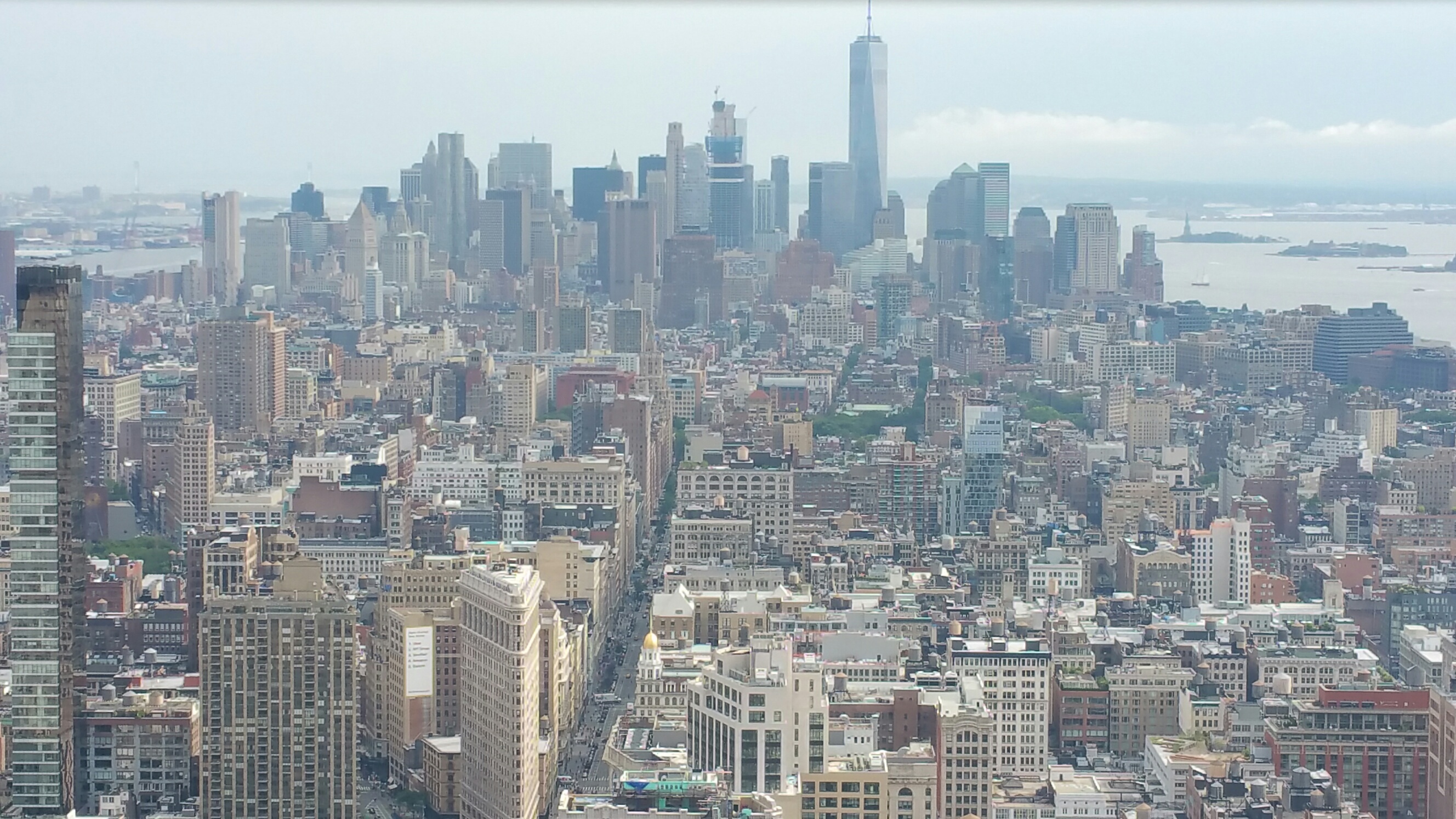Do Retrofitting Rules Spark Enough Action?
New York City's latest ordinances highlight the benefits and limitations of relying on largely voluntary codes.
By Gregg Gerken
In an effort to battle climate change, New York City Mayor Bill de Blasio signed three green laws in October requiring building owners to begin sustainability retrofits to make their buildings more energy efficient.
Though the ordinances directly affect only properties in the nation’s largest city, they offer valuable insights for owners and operators across the country.
If you’ve heard about these initiatives but have yet to take action, now is your chance. And if this is news to you, there’s no better time than now to educate yourself. In addition to helping mitigate the worst effects of climate change, building green brings bottom-line benefits: improving operational efficiency by complying with the latest codes, and trimming energy costs. Building green is also good for the health and productivity of commercial tenants and multifamily residents alike.
Yet as New York City’s ordinances demonstrate, higher performance standards offer both significant rewards and considerable challenges. Among other things, they raise questions about the effectiveness of codes that are largely voluntary.
Raising the Bar
The city estimates that the regulations will spur $85 million in construction activity in 16,000 buildings and create 100 jobs. If everything goes as planned, the retrofits will cut greenhouse gas emissions by 250,000 metric tons annually. The legislation also promotes New York City’s long-term goal of reducing greenhouse gas emissions 80 percent from 2005 levels by 2050. The stated purpose of the city’s OneNYC initiative is to create a “more equitable, resilient and sustainable” metropolis.
Of note, the new legislation is an extension of existing ordinances covering commercial buildings larger than 50,000 square feet and certain residential spaces. Owners and operators of properties between 50,000 square feet and 25,000 square feet must now comply as well.

New York City’s latest ordinances introduce benchmarking regulations for buildings between 25,000 and 50,000 square feet in size.
The first new law requires owners of these mid-size buildings to measure energy and water usage for the entire building. Consumption data must be reported to the city, a step intended to help create a benchmark for future usage. Between 2010 and 2013, the 3,000 or so properties subject to the benchmark requirement reduced emissions 8 percent and energy usage 6 percent, according to city estimates.
A second ordinance requires owners of mid-size buildings to install submeters in non-residential spaces, such as stores and offices, and to report energy usage to the tenant. The objective is to raise commercial tenants’ awareness of energy consumption in order to boost efficiency and save money.
Lighting systems are the subject of the third new law. By 2025, owners of mid-size buildings must retrofit lighting in non-residential spaces in compliance with the 2016 New York City Energy Conservation Code. This standard could provide significant benefits to the bottom line. According to the Energy Savings Council, energy-efficient lighting retrofits generate an average 45 percent return on investment, highest of any single technology-related upgrade category.
Worthy Goals, Tough Questions
The latest version of New York City’s energy code, which took effect on Oct. 3, is estimated to reduce energy costs in commercial buildings by about 9 percent. Costs for residential buildings could drop by as much as 32 percent, as simple, inexpensive measures can reduce consumption (and the property’s carbon footprint): upgrading appliances, lighting, and cooling systems, to name a few.
For building owners just getting started with retrofitting, two main challenges stand out. First, a lack of clear goals. It is telling that New York City’s recently adopted ordinances specifies no required minimum level of reduction. Without such a clearly defined standard, owners are unlikely to move forward with upgrades or renovations.
Once guidelines are in place, a majority of new buildings are likely to incorporate these sustainability features into designs from the beginning to meet tenant demands, which ultimately may increase rent.
The second area of uncertainty is the expense of retrofitting an older building. The business case is less clear for current building owners; aside from lighting requirements, most retrofits appear voluntary. It seems unlikely a landlord will voluntarily make retrofits unless it rapidly reduces or influences the bottom line.
Financing may prove to be another challenge. Currently there is insufficient financial support, which begs the question of whether the government will be able to come up with a solution to help finance target reductions of 80 percent from 2005 levels by 2050?
These voluntary laws have great intentions, with a positive impact on the environment, operating costs and bottom lines. Voluntary laws, however, are only as successful if there is willingness to comply. We’ve seen some success to date, but without financing and/or a legislative solution, a fundamental question looms: Will enough energy get behind this movement?
Gregg Gerken is executive vice president & head of commercial real estate at TD Bank N.A.








You must be logged in to post a comment.